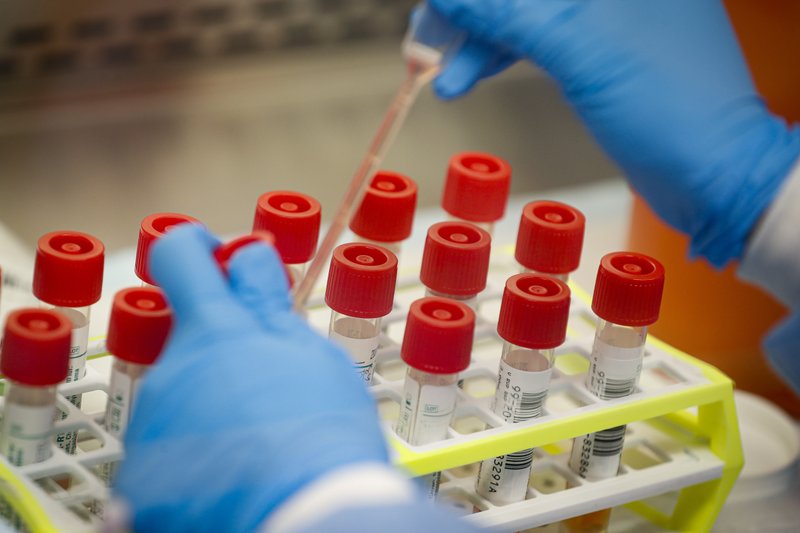Minnesota
Testing supply chain in Minnesota re-emerges as concern

MINNEAPOLIS (AP) — Minnesota health officials are concerned about renewed pressure on the testing supply chain, which could affect the state’s response to a recent growth in cases and plans to continue to ramp up testing.
Health Commissioner Jan Malcolm said during a press call Friday that state officials have received reports of delays or reductions in testing supplies like reagents and pipettes from some health systems across the state, which rely on their own supply channels for weekly shipments of testing equipment.
Testing supply shortages and delays may be contributing to longer wait times for results, which have gone from 24 hours to a few days. Some virus hot spots around the country are seeing even longer delays, with some results taking as long as seven days.
Minnesota has been acquiring testing supplies to augment health systems’ stocks and coordinating between testing sites to re-distribute equipment to prevent further supply chain challenges. Malcolm said supply chain issues can affect the state’s ability to ramp up testing capacity and hinder the state’s response.
“The faster the turnaround, the better in terms of being able to work with folks who’ve been confirmed and who may have been confirmed,” she said. “Particularly when you get into some of the week-long or more delays that some of national laboratories are reporting, that really starts to interfere with the impact that we can have through that very important case investigation and contact tracing work.”
A COVID-19 Response Assistance Field Team was sent to Minnesota earlier this week hoping to slow a rise in new cases. That team left Friday and was to provide written recommendations later.
White House COVID-19 task force leader Deborah Birx identified Minneapolis as one of 11 cities with a surge in coronavirus cases that need aggressive action. The city’s positive infection rate is higher than the state overall, which city health officials said is due to young people frequenting bars, essential workers infected while working and larger households in smaller homes.
The Minnesota Department of Health reported 773 new cases Friday, continuing a trend in increasing cases in recent weeks. The state’s two-week rolling average number of daily new cases has grown by 203, up almost 50 percent. The state ranks 28th in number of new cases per capita nationwide over the last two weeks.
State health officials reported five new deaths. Hospitalizations have been slowly rising.

